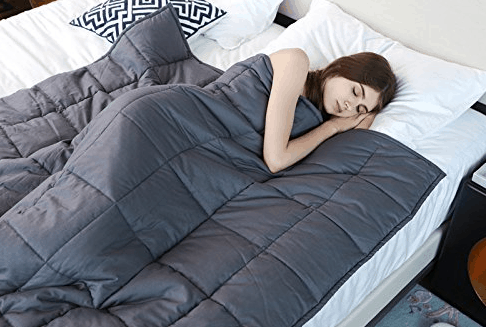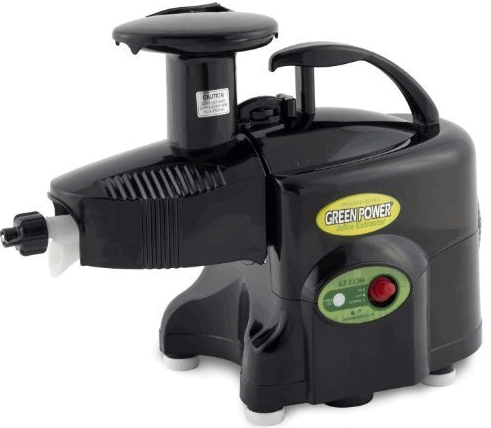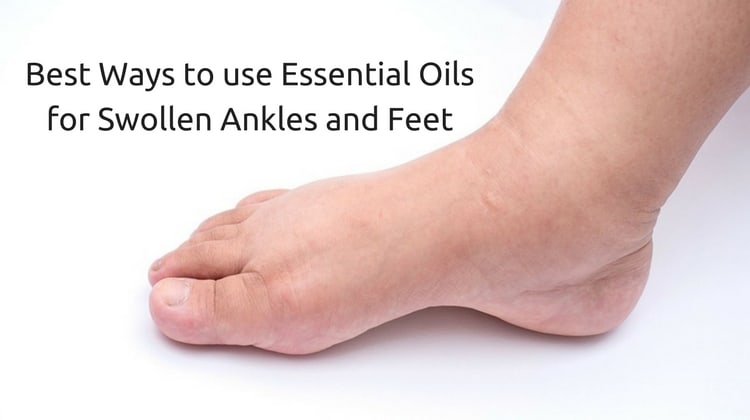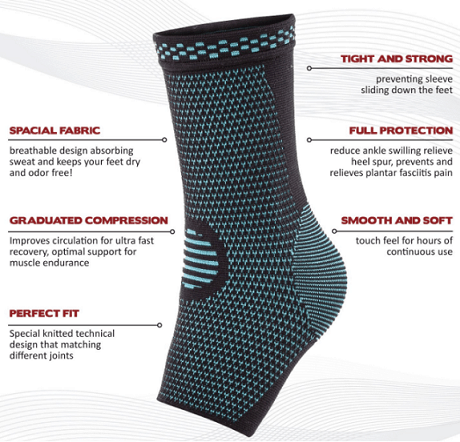Cramping after Ovulation
Many women experience mild to moderate cramps mid-cycle during ovulation and this cramp is termed Mittelschmerz. This pain occurs when the mature egg raptures the surface of the follicle to make its way towards the outer part of the fallopian tube.
But if cramping occurs eight to ten days after ovulation, this could very well be a sign of pregnancy. This particular pain is known as implantation cramps and it occurs when the fertilized egg burrows itself in the wall of the uterus. Implantation cramps are often accompanied by light spotting.
Women often mistake implantation cramps as a pre-menstrual syndrome because it occurs around the same time as the onset of periods.
In this article we have pointed out the causes of cramping after ovulation as well as the symptoms of implantation cramps so that you can recognize the difference between the two and act accordingly.
Causes of Cramping After Ovulation
Ruptured Blood Vessels – Because the mature egg has no defined exit from the fallopian tube, it ruptures the surface of the follicle and forces itself out and this may cause mild cramping or pain. The muscles of the fallopian tubes also undergo contraction which may lead to rupturing of some blood vessels which may cause cramping after ovulation.
Excessive Mucus – During the time of ovulation, the female reproductive system starts producing a lot of mucus to create a conductive environment for the sperms to travel towards the ovum. During this time, the fallopian tubes also produce excessive amount of mucus to aid movement of the egg to the uterus. This overproduction of mucus may lead to congesting and swelling of the fallopian tubes and result in a cramping pain after ovulation.
Overstretching of the ovary – As the body gets close to ovulation the follicles grow in size in an effort to mature. This growth of the follicles creates a stretch in the ovaries until a mature egg is release from one of the ovaries which causes cramping after ovulation.
Constipation after ovulation – Many women experience constipation during and after ovulation which also causes mild cramping. Drinking plenty of water and fluids every day and staying hydrated can prevent cramps caused due to constipation.
Implantation Cramps – If cramping occurs around 6-10 days after ovulation then it can be an early sign of pregnancy. As mentioned before, this occurs when the fertilized egg attaches itself to the uterine lining. But in most cases, this symptom is accompanied by spotting, breast tenderness, nausea, fatigue, lower back ache, increased urination, etc.
Cramping 2 days after Ovulation
This is a normal side effect of ovulation and it’s very common and normal. In most cases, the cramping is mild and lasts for only a few hours.
Cramping 3 Days after Ovulation
For most women, post-ovulation cramping only lasts for two days. So, if you experience cramping for more than two days after ovulation then you should notice it carefully and look for any other symptoms. If the cramps are mild and seem to be getting better over time then there is no cause for alarm. It is possible that the ruptured membranes are taking time to heal or the follicular fluid and blood is taking a bit longer to be fully absorbed.
Cramping 4 Days after Ovulation
If you experience cramping even after 4 days post-ovulation and if the cramps are accompanied by other symptoms such as bleeding, blood in stool, painful urination, bloating, fever or dizziness then the reason might be something other than ovulation. It is recommended to seek medical help immediately.
Cramping 5 to 10 Days after Ovulation
If you experience mild to moderate cramping 5 to 10 days after ovulation then it might be implantation cramps – the earliest sign of pregnancy. But if the cramps are severe or if it’s accompanied by vaginal bleeding then it can be an early miscarriage or a sign of ectopic pregnancy.
Nature of Ovulation Cramps
- 1 in every 5 women of childbearing age experience cramping or pain during and after ovulation.
The pain may vary from being a sharp jab to a dull ache. It can also be a minor pinch that lasts for a moment or mild cramping that comes and goes.
The cramps that occur during and after ovulation are often one-sided and switch sides each month.
The cramps occur mid-way in the menstrual cycle and last for a short period.
Right from the onset of ovulation, cramping can be continuous for one to two days or be intermittent.
In case of severe cramps, one might feel nauseated and have slightly elevated body temperature. One might also notice light spotting and slippery mucus.
Nature of Implantation Cramps
- Implantation pain occurs 5 to 12 days after ovulation.
Implantation pain is never severe. It is always felt like light pricking or pulling pains in the lower abdomen.
Implantation pain is accompanied by spotting or light vaginal bleeding.
Implantation pain occurs about 1 week before you are due to get your period.
Home Remedies for Ovulation Cramps (Mittelschmerz)
Heat Compress – This is the best remedy from painful ovulation. Applying a heat pad or hot compress to the lower abdomen helps to increase blood circulation to the area of pain and relaxes the muscles which in turn ease cramps.
Essential Oil Massage – Massaging the lower abdomen using essential oil such as chamomile oil, lavender oil or basil oil helps to increase blood circulation to the reproductive system and relax muscle spasms and cramps.
Green Tea – Green tea stimulates the production of binding globulin, a sex hormone that soothes cramps after ovulation. Just drink a few cups of green tea throughout the day to ease the pain and cramps. Continue to drink it for 3 to 5 days.
Saw Palmetto – This is an extremely beneficial herb for the female reproductive system. It stimulates the process of ovulation and helps to ease out the situation. Consume 4 to 6 drops of Saw Palmetto extract every day for a few days.
If you experience cramps and abdominal pain 2 to 4 days after ovulation then you can try out the home remedies or opt for over-the-counter pain relievers such as ibuprofen, naproxen, and acetaminophen to relieve the pain. But if cramping occurs 6 to 10 days after ovulation then make it a point to perform a pregnancy test before you take any medicine and consult a doctor.
Source link wallx.net






